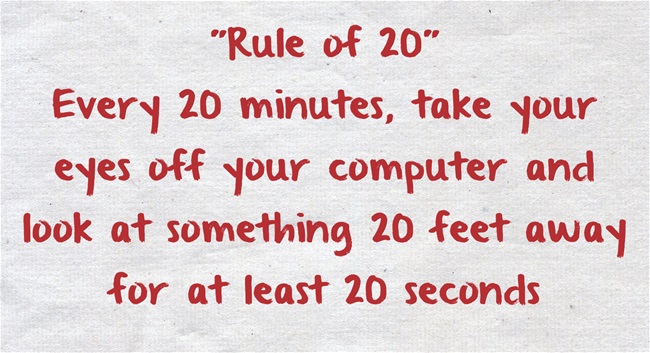 World KC Day is November 10th!
World KC Day is November 10th!
World KC Day is an awareness day to help bring a spotlight to keratoconus and honor those that live and cope with keratoconus every day.
Keratoconus, often abbreviated as “KC”, is a non-inflammatory eye condition in which the normally round dome-shaped cornea progressively thins causing a cone-like bulge to develop. This results in significant visual impairment.
Do you or someone you know have KC?
Here are some ways you can join the National Keratoconus Foundation and thousands around the world in spreading the word about keratoconus:
⇒ Join the NKCF Twibbon campaign
⇒ Add yourself to the World KC Map
⇒ Post about keratoconus and use #worldkcday as your hashtag
⇒ For more information about World KC Day visit worldkcday.com
The National Keratoconus Foundation is a program of the
Gavin Herbert Eye Institute at the University of California, Irvine.





 Bezalel Schendowich, OD
Bezalel Schendowich, OD